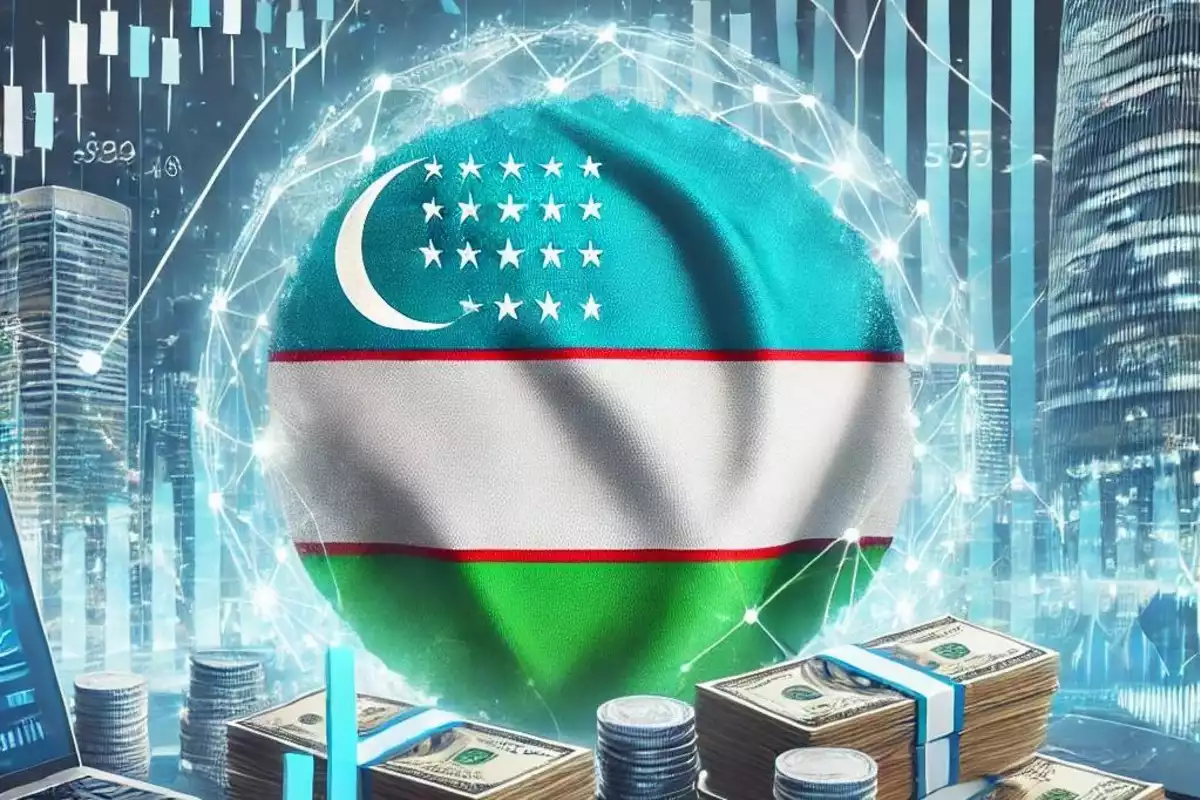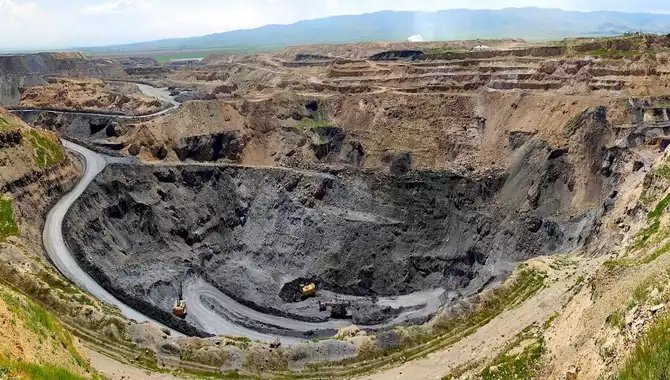
Photo credit: AI
Uzbekistan continues its steady development on all fronts. On March 23, the National Committee of Statistics published new figures showing that in the first two months of 2025, the country’s foreign trade turnover reached $10.8 billion, reflecting a nearly 10% increase compared to the same period in 2024. Notably, exports grew by 27.7%. Uzbekistan's main trading partners during this period were China (slightly over 19%) and Russia (around 15%).
Among the key economic dynamics in Uzbekistan is the growing role of investment. As highlighted in an analysis by Beata Javorcik, Chief Economist at the European Bank for Reconstruction and Development (EBRD), this trend is closely tied to tectonic shifts in global geopolitics, which are directly impacting the flow of foreign direct investment (FDI). With a sharp decline in U.S. and European investments into China and a near-total halt in flows to Russia, Uzbekistan - alongside Kazakhstan, Saudi Arabia, and the UAE - has emerged as an attractive destination for international capital. Javorcik attributes this appeal to the pursuit of a "multi-vector policy" that allows these countries to remain partners with different economic blocs.
This trend is evident in recent data showing that Uzbekistan attracted more than $6 billion in foreign investments and loans in early 2025 alone. The country’s metallurgical sector has become a key driver of this economic momentum. For 2025, $1 billion in investments is planned for mining and geological projects, which are expected to boost kaolin production by 50% and coal output to 10 million tons. The Navoi Mining and Metallurgical Combine, which raised $1 billion through eurobond issuance last year, is aiming for similar success in 2025 with plans to issue another $500 million in bonds.

The Navoi Mining & Metallurgical Combine (NMMC) is a pillar of the Uzbek economy / Photo credit: bne IntelliNews
At the same time, UAE-based Masdar - one of the world’s leading renewable energy companies - announced plans earlier this year to double its investments in Uzbekistan’s energy sector from $2 billion to $4 billion over the coming years. In a separate development, more than $1 billion in FDI from the United Kingdom was recorded in 2024. This was discussed during a recent meeting between Uzbekistan’s Minister of Investment, Industry, and Trade, Laziz Kudratov, and UK Ambassador Timothy Smart. Both sides expressed readiness to co-finance joint projects and trade deals with the support of the UK’s Export Credit Agency (UKEF). Today, some 260 companies in Uzbekistan operate with British capital.
During a meeting between Uzbekistan’s Ambassador to the UK, Ravshan Usmanov, and executives from TheCityUK - a leading British financial center - both sides agreed to involve large international infrastructure investment firms in the privatization and corporatization of state assets in Uzbekistan, as well as in the development of promising projects.
As of March 1, 2025, more than 15,500 enterprises and organizations with foreign investment operate in Uzbekistan. The largest share belongs to joint ventures with Chinese partners, followed by Russian and Turkish companies.
Another noteworthy trend is the rise of Uzbekistan’s venture capital ecosystem. Between January and March 2025, five new venture funds were established in the country, increasing access to capital for startups and promoting their integration into the global innovation landscape. In 2024, venture investment in Uzbek startups reached nearly $18 million - three times more than the previous year.
In line with these developments, a high-level meeting took place just before the Navruz holiday between President Shavkat Mirziyoyev and an EU delegation led by Commissioner for International Partnerships, Jutta Urpilainen. The talks focused on mutually beneficial cooperation in processing critical mineral resources - a topic that clearly reflects how rare earth metals are becoming a defining factor in global geopolitics. On the first day of the visit, the EU delegation traveled to the Almalyk Mining and Metallurgical Complex to explore potential collaboration and investment opportunities in critical raw materials.
During the same visit, Tashkent and Brussels reaffirmed their commitment to expanding cooperation within the framework of the Global Gateway strategy - particularly in the context of developing the Middle Corridor, a key transit and trade route.
Symbolically, on March 24, Uzbekistan’s investment potential was showcased during a roundtable titled “Global Gateway,” organized by the country’s embassy in Belgium. The event brought together representatives of the European Commission, Flanders Investment & Trade (FIT), the Walloon Export and Foreign Investment Agency (AWEX), Brussels Enterprises Commerce and Industry (BECI), and several Belgian companies. Tashkent used the opportunity to invite partners to take part in developing joint investment projects.
Overall, Uzbekistan plans to attract $43 billion in investments in 2025. The Ministry of Investment has emphasized that priority will be given to reducing imports and increasing domestic production and localization.
Even from this brief overview, it is clear how successfully Uzbekistan is advancing its strategy of investment-led industrial, technological, and innovation-driven development.
Share on social media